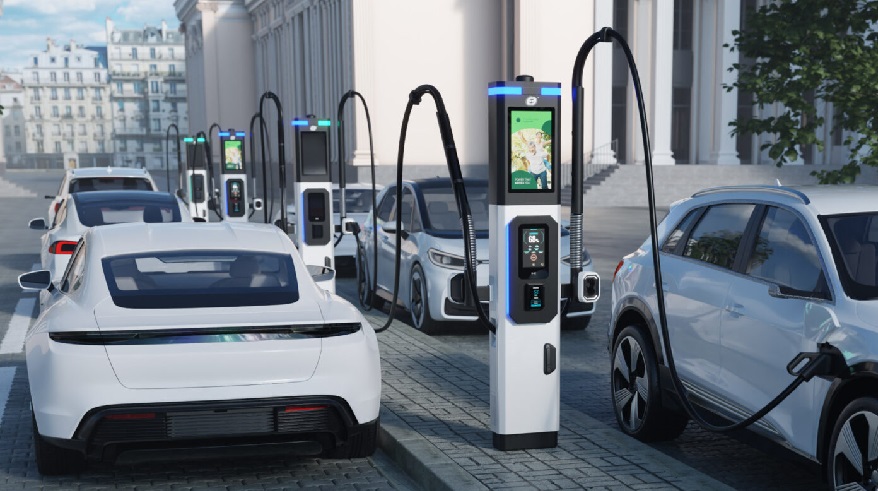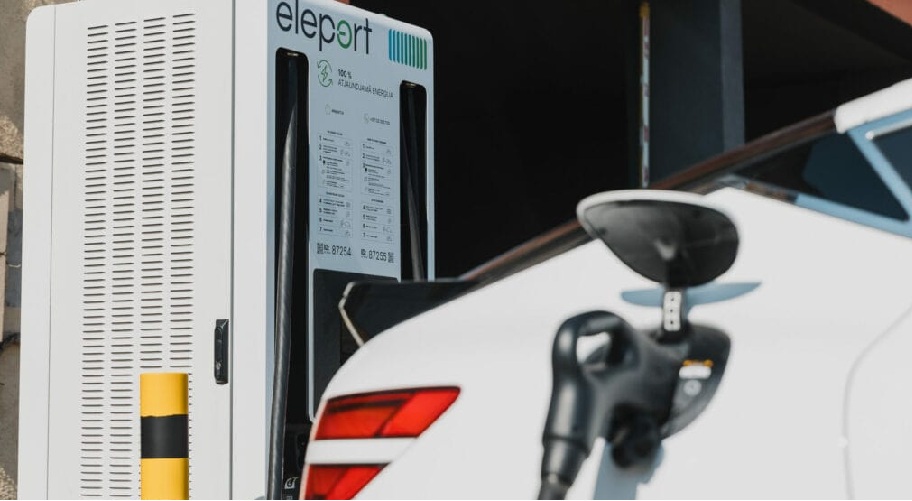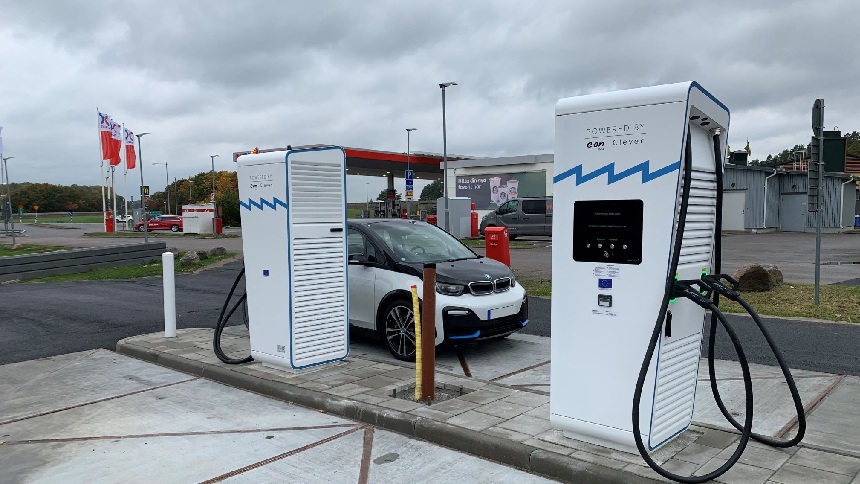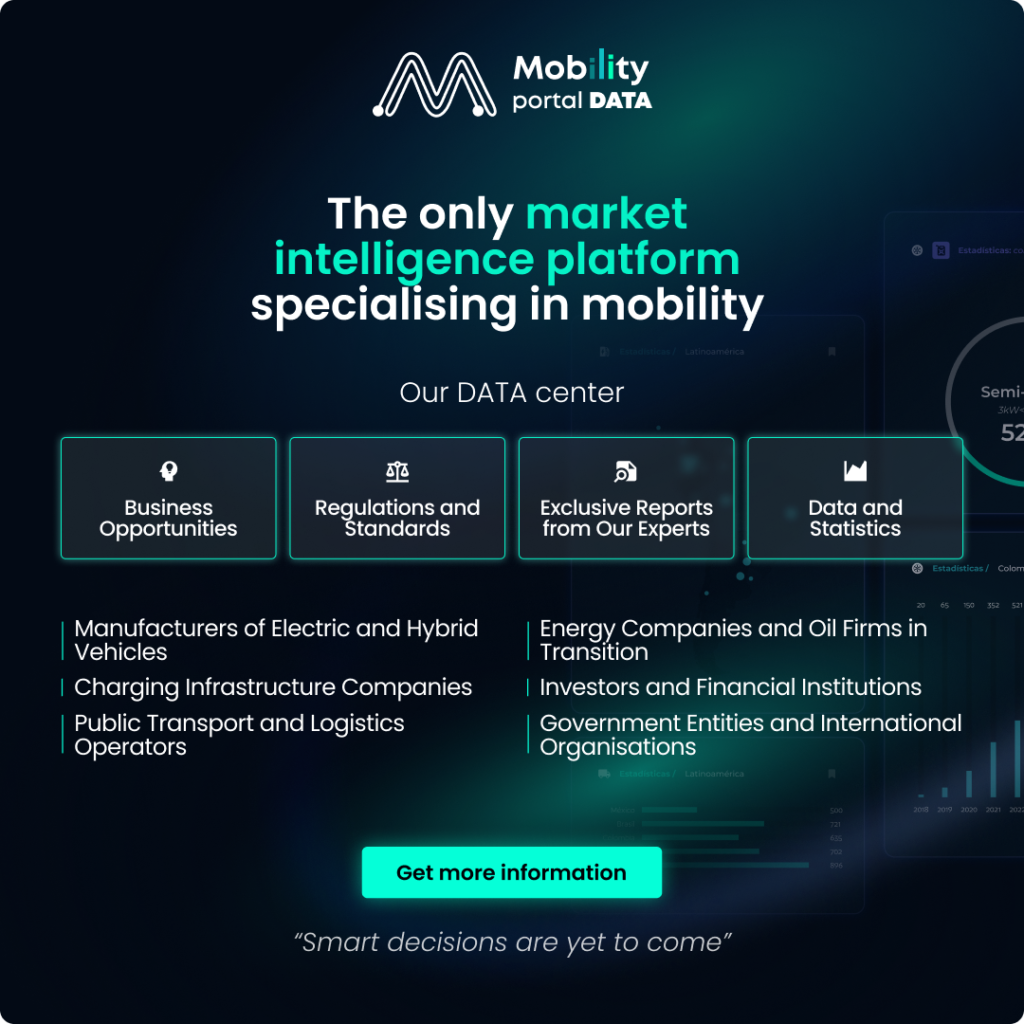Among the most established automotive manufacturers, BMW Group clearly stands out for its shift towards electric mobility.
To date, the company has delivered over 2.5 million electrified vehicles, “nearly 1.5 million of which are fully electric,” notes Harald Gottsche, President and CEO of BMW Group’s San Luis Potosí Plant, in a conversation with Mobility Portal Latin America.
“In 2025, we will reach another important milestone: our three-millionth electrified vehicle,” he adds.
With at least one battery electric vehicle in every major segment—adding up to more than 15 fully electric models—BMW Group is committed to maintaining momentum in a highly competitive industry.
At the core of the company’s strategy for the coming years is the Neue Klasse platform and concept, a dedicated architecture for electric vehicles.
Its first representative, the new iX3, is set to launch this year and “will form the foundation of our future models, with three key features: electric, digital, circular,” Gottsche points out.
– What would you say are Neue Klasse’s most innovative features?
– The platform takes BMW’s signature driving pleasure to the next level, now with an integrated control unit, sixth-generation batteries using round cells, and 800V technology delivering up to 30% more range. It also offers high efficiency and faster charging: 300 km of range can be achieved in just 10 minutes.

From the outset, it is designed to reach a new level of resource efficiency through the use of recycled materials and CO₂ reduction across the entire lifecycle.
– How is the company working to consolidate its role as a leader in electric mobility?
– To kick off its transition, BMW Group’s San Luis Potosí plant is undergoing major facility reconfiguration.
We have started construction of our Battery Module Production Centre, along with expansions in the body shop and our assembly and logistics areas.
All of these upgrades are part of the €800 million investment announced in February 2023.
– What do these plant upgrades consist of?
– The body shop will expand by nearly 20,000 square metres to support vehicle floor production and will add 500 new robots. Meanwhile, in the assembly area, the battery integration process will be implemented. Combined with logistics, these areas will expand by nearly 10,000 square metres.
The Battery Module Production Centre will span over 80,000 square metres. Production lines will feature state-of-the-art technology, with automated processes, top-tier technical cleanliness, in-line quality control and data capture, along with in-house laboratories.
Electric mobility as an industrial driver

– What are the main technical and logistical challenges in adapting existing production lines to this new architecture?
– Our plant was designed to be highly flexible, and we will maintain this in the future.
This allows us to incorporate internal combustion engine (ICE), plug-in hybrid (PHEV), and battery electric vehicles (BEV) on the same production line relatively quickly.
Thus, we will continue producing saloon models like the 3 Series, 2 Series Coupé and M2, while simultaneously introducing the technology for the new Neue Klasse model, which will be a Sports Activity Vehicle (SAV).
– How else are you addressing the challenges of this energy transition?
– The Neue Klasse platform can significantly accelerate electric mobility market penetration: over 50% of vehicles delivered globally could feature a fully electric drivetrain by 2030.
Specifically in Mexico, where we have been selling electric vehicles since 2014, BMW Group has provided over 38,000 home chargers to our customers, knowing that most charging takes place at home. Every electrified BMW or MINI sold in the country comes with a charging solution.
– How is Mexico’s role being strengthened within the Group’s global supply chain?
In Mexico, our operations are supported by a robust local supplier network that plays a critical role in manufacturing vehicles for global markets, including the cutting-edge vehicles produced at the San Luis Potosí Plant. Mexico is an integral part of our global production and supply network.
Gottsche emphasises that, overall, “the consolidation of electric mobility will occur at different speeds depending on market types. The key factors are the availability or development of a renewable energy-based charging network and policy clarity regarding incentives.”
“BMW Group continues to follow its strategy of ‘Production follows the market’, determining our global volumes based on demand,” he concludes.
DISCOVER MOBILITY PORTAL DATA
Discover Mobility Portal Data, a new exclusive market intelligence platform offering reliable data and key reports to support smart decision-making across the automotive sector — covering both combustion and electric vehicles, as well as charging infrastructure.
Research, trend analysis, and neatly organised statistics presented with clarity and precision, alongside up-to-date insights — all just one click away.
With Mobility Portal Data, good decisions are on the horizon.
READ MORE
-
Poland Accelerates Charging Infrastructure Expansion with 50% Year-on-Year Growth
Poland is expanding its charging network with a notable increase in May 2025. However, two provinces stand out in terms of charger concentration, while none of the remaining 14 has more than 500 installations. How does this progress align with the AFIR targets?
-
New deal lets EV drivers charge seamlessly from the Baltic to the Adriatic Sea
A new unified digital platform and a purpose-built mobile app will make EV charging more convenient, consistent, and accessible for drivers across the region. They will begin rolling out in stages from summer 2025 in Croatia, expanding across the region thereafter. Which other countries will it be available in?
-
FLEXECHARGE steps in to prevent penalties from ultra-fast charging in Northern Europe
Powered by E.ON Drive & Clever aimed to build one of the most reliable ultra-fast charging networks. However, the project encountered a familiar obstacle: the maximum effect penalty. To overcome this, FLEXECHARGE deployed its smart load-shaping technology.









